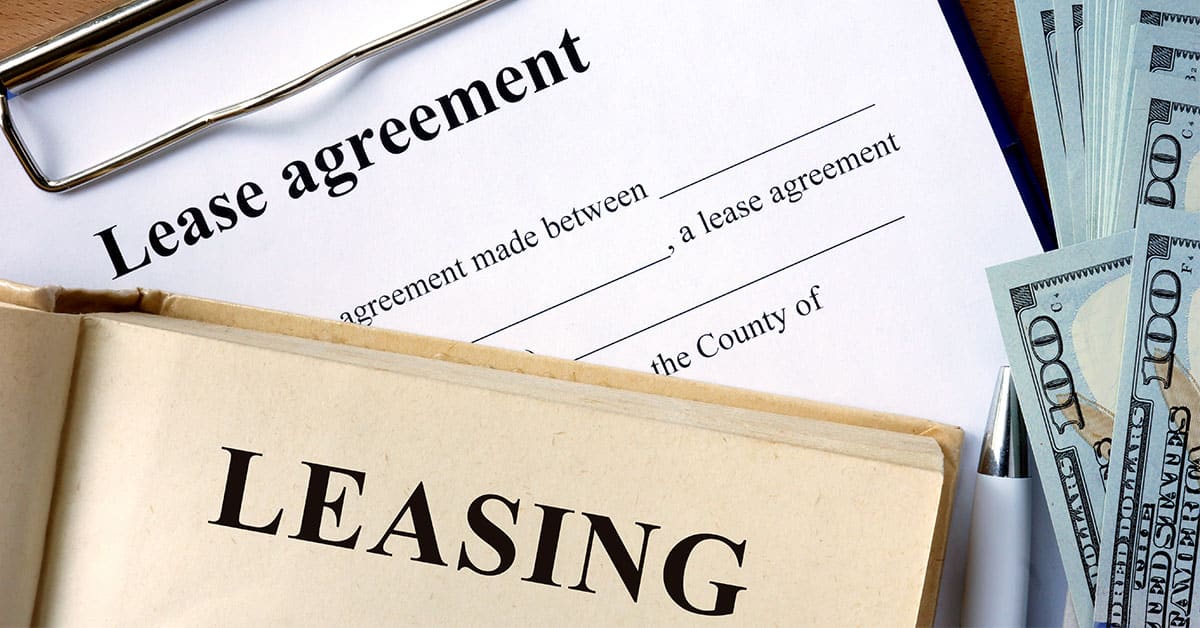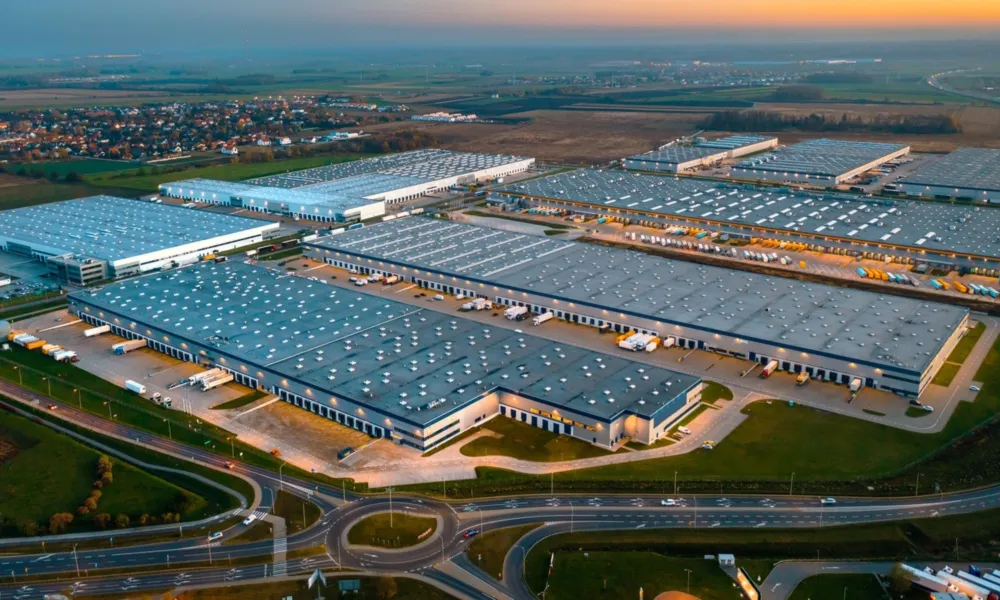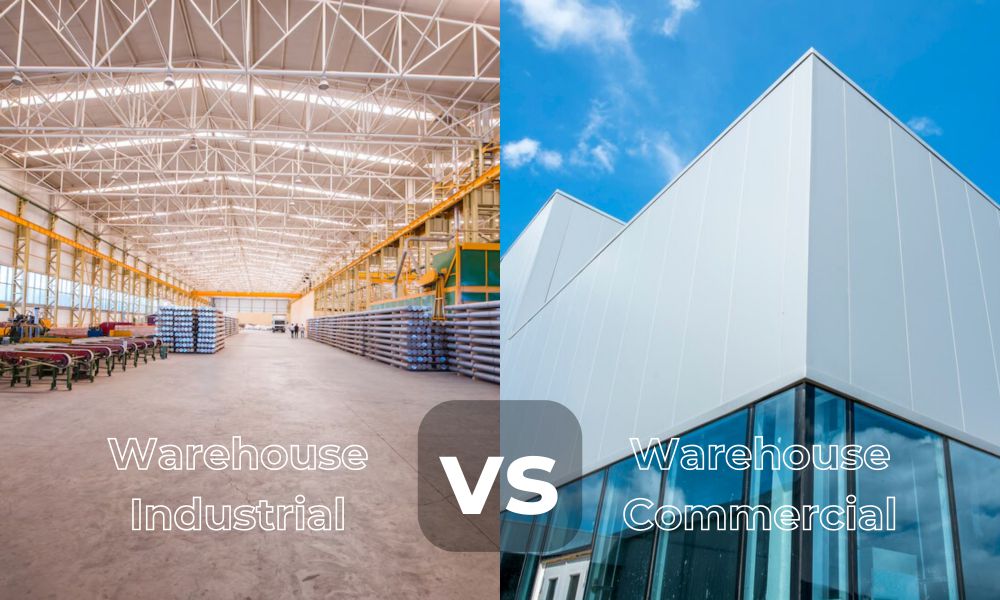A leaseback agreement is commonly utilized by companies that need to repurpose the cash they invested in an asset that is in continued use in their business operations. Sale-leasebacks are often used by builders and businesses with high-cost fixed assets—such as real estate, land, or large, expensive equipment.
As a result, leasebacks are prevalent in the construction and logistics markets, as well as the real estate and aerospace sectors. However, this article will only focus on industrial real estate to ideally assist you in thoroughly comprehending what is a leaseback agreement in the industrial real estate sector.
During the pandemic, we saw more producers and logistics players understand the value of their real estate holdings as a way of raising capital without disrupting operations. Instead of taking out high-interest bank loans, a sale-leaseback approach is an intriguing option for investors to explore.
What is a leaseback agreement?
A leaseback agreement, abbreviated for “sale-and-leaseback,” is a contractual arrangement in which an individual purchases an asset and then rents it back for an extended period; the individual retains access to the asset but no longer owns it.
A selling and leaseback transaction will be advantageous for all parties. The seller quickly receives a lump sum of cash, while the buyer receives a buying price that is less than market value and a long-term lease at a premium rate.
The features of selling and leaseback transactions are presented in light of factors affecting all investors and operating entities that are likely to be considered in future sale and leaseback transactions.
As an example, if an investor purchases a 30,000-m2 warehouse for US$18 million and rents it back to the previous owner or tenant for US$4.5/m2/month, the investor would achieve a net initial yield (NIY) of 9% in the first year.
To calculate the real Internal Rate of Return (IRR) on their investment, the investor must do a Discounted Cash Flow analysis (DCF). The IRR yield would be smaller than the leasing yield because it would have to account for other expenses such as asset maintenance and running costs.

Leaseback agreement characteristics
– Capital Asset: Sale and leaseback transactions include the acquisition and disposition of financial properties, constituting both the demand and supply sides of the capital markets. Investors establish the market rates of capital assets or the costs at which these assets exchange.
– Quality of the Asset: A leaseback agreement is typically on a long-term basis and requires property reserves of a certain quality. If sellers want to free up capital for reinvestment in their core market, buyers want a stable rate of return over time.
– Financing Instrument: Sale and leaseback is often used as a financing method in certain situations, including purchasing a company. To reduce the upfront cash required to purchase a business, a buyer can negotiate the sale and leaseback of property owned by the target company.
– Investment’s yield and return: When deciding the buildings to sell and lease back, the landlord will determine the investment yield and rate of return that will be achieved by spending the property’s equivalent in cash.
The selling and leaseback transaction allows the investor the option to extend and, in some cases, purchase the property at a later date. From the seller’s view, most firms can anticipate a much higher return on their daily selling operations than they can expect from property yields. As a result, if the capital locked up in property is released and re-invested in the company, the business could become more profitable.
Due to the length of time and number of deals to be concluded and signed, it is recommended that a reputable real estate agency, ideally one with experience effectively closing sale-leaseback contracts, be used to help all parties with the deal. The agent will assist in determining if the asking price is in line with demand.
The agent would also play a vital role in the drafting of the new Lease Contract, they ensure that all terms and annual rental adjustments are fair and in line with the economy. Furthermore, these conditions must be ideal for the Lessee while still providing a satisfactory rental yield to the landlord or Lessor.
General Steps in a Sale-Leaseback
Engagement in a project: An investor is exposed to an opportunity by an advisor or directly.
NDA (Non-Disclosure Agreement): Both sides sign a Non-Disclosure Agreement
Site tour and meeting: The investor meets with the seller and visits the property for the first time.
Initial Due Diligence: The agent assists the investor in reviewing all property legal and technical documents, such as the leasing contract, LURC, company permits, building certificates, and so on, to ensure it is a viable opportunity.
Financial analysis: The agent assists in the DCF execution to compare and analyze the leases with the asking price to determine whether a practicable IRR is attainable for the lender.
LOI or MOU: Whether the investor is interested in exploring, the agent may assist them in drafting an LOI that contains their bid price or the seller’s asking price.
Official due diligence: The investor employs third-party legal and professional experts to examine the property and related paperwork to determine if it satisfies their criteria.
Special Buying Vehicle (SPV): The seller collaborates with their legal counsel to build and place their property in an SPV (then the investor must purchase 100 percent of the shares in that SPV)
Lease Contract Execution: In the subsequent lease contract for a 5- or 10-year period, all sides discuss and settle on the lease conditions.
LURC Update: After applying to the government, the Investor’s name should be published and posted on the LURC as the official new owner of the land.

Considerations when conducting a leaseback agreement
Industrial sale-leasebacks have seen a drastic increase in recent years, with a particular emphasis on manufacturing assets. The office sector is seeing fewer new buildings as consumers use less land, and rivalry in primary markets is fierce.
A leaseback agreement can be registered as soon as possible to prevent future complications. Investors must guarantee that protection is in place, and sellers must ensure that this form of contract is protected by their policy. An impartial value is often used to obtain an accurate property assessment, which is required for a leaseback agreement. The following factors are considered in the agreement:
– The property’s location: A critical aspect is the property’s position. A more advantageous positioning would increase the property’s appeal to developers.
– Condition of the land: The property’s actual status would play a significant part in what is a leaseback agreement. That includes the property’s age, need for maintenance, and potential prices, among other factors.
– Rental fee: The monthly rent would be proportional to the property’s sale price. If the seller-tenant offers a higher rent, the purchaser would be more receptive to an increased buying price.
– The duration of the contract: The majority of saleleasebacks include a comparatively lengthy initial period accompanied by renewal opportunities. Since investors typically want steady cash flow, a leasing period of ten years or more provides the security they seek.
– Seller’s ability: The higher the seller’s credibility and financial rating, and therefore the potential tenant’s as well, the stronger the rent assurance for the investor. This increases the investment company’s attractiveness on the leaseback agreement.
Low labour costs and low energy costs have helped Vietnam become the place with the lowest operating costs in the global Savills research. According to Mr. Troy Griffiths, Deputy Managing Director, Savills Vietnam: “The Vietnamese government has been investing heavily in infrastructure, and at the same time introduced industrial clusters to attract leading businesses in the chain value. High corporate tax exemptions and reductions introduced to ensure healthy competition in the region.”
Foreign companies expand the logistics segment; warehousing is becoming more developed than ever, helping to bring greater operational efficiency, improving environmental reputation, and creating a better working environment. To seize good investment opportunities, understanding and applying legal tools will create a precondition for smooth transactions.
Sale-Leasebacks in Vietnam

Mapletree Logistics Trust has paid 725.1 billion VND for a warehouse in Binh Duong province. The company signed a contractual asset transfer deal with Unilever International Company Limited, which would lease the property from Mapletree Logistics for ten years.
The warehouse’s position is strategic for Mapletree, as the area serves as a distribution and manufacturing centre. The warehouse is located in the province of Binh Duong, South Vietnam, it is connected to other parts of the country by major highways.
Still, sale-leasebacks are under-utilized in Vietnam. Many suppliers and logistics firms are unaware of this approach as a possible source of funding. However, some international and even domestic players are paving the way. DKSH’s warehouse in Binh Duong was the first high-profile sale-leaseback in Vietnam’s industrial market in 2017.
Savills Industrial Vietnam successfully negotiated the sale-leaseback of 36,000 m2 GFA of warehouse space in Di An, Binh Duong, in 2020. The property was bought for more than US$20 million and rented back to the occupant for a 5 + 5-year lease period, providing the landlord with a net initial yield of more than 9%.
The demand for warehousing increase
This anticipation fueled demand for logistics facilities as well. For example, the warehouse area has risen dramatically in recent years, and prices have increased by 5-10% a year. According to Savills Vietnam, the average warehouse rental price in the North and South Economic Zones in 2020 was $4.1 per square metre per month and $4.4 per square metre per month, respectively.
As supply in Ho Chi Minh City and Binh Duong province is limited, new warehousing and distribution centre ventures spreading to Long An and Dong Nai. For example, JD.com has invested in a new 10-hectare warehouse project in the Duc Hoa district of Long An. In addition, the Australian developer has invested in its warehousing plant in Long An’s Can Giuoc area.
Conclusion
Sale-leaseback deals are essentially two transactions in one: the first is the sale or acquisition of the asset, and the second is the leaseback. To complete the transaction, all parties must sign a Sale-Purchase Agreement (SPA) and a Lease Contract.
The SPA and Lease Contract are inextricably linked since the sale price listed in the SPA must allow the investor to obtain an attractive yield as compared to the monthly rental prices specified in the Lease Contract.
In the economy’s current condition, it is not prudent to see a leaseback agreement as a vehicle for operating businesses that hold real estate to benefit from sale-leaseback transactions—especially given the demand for industrial real estate in recent years.












